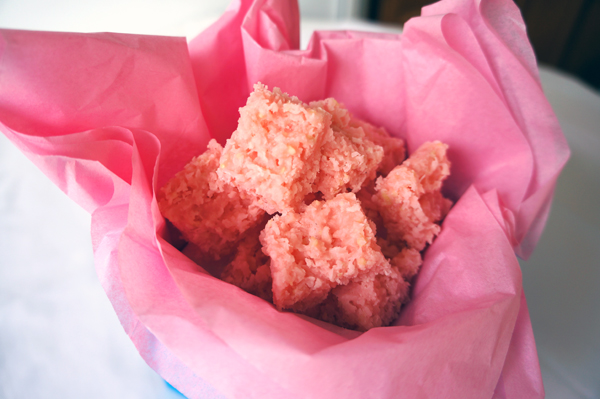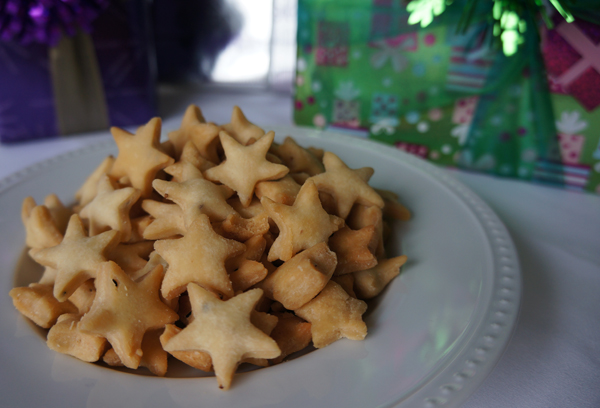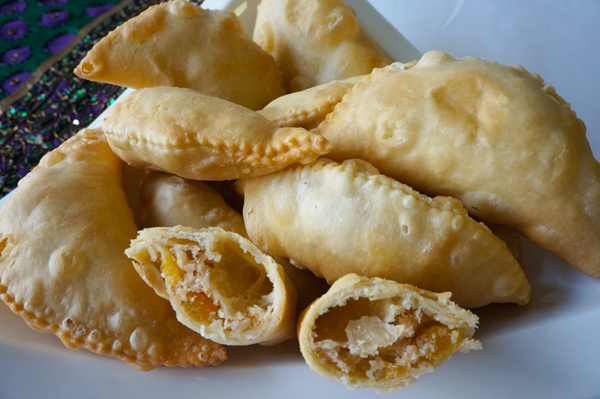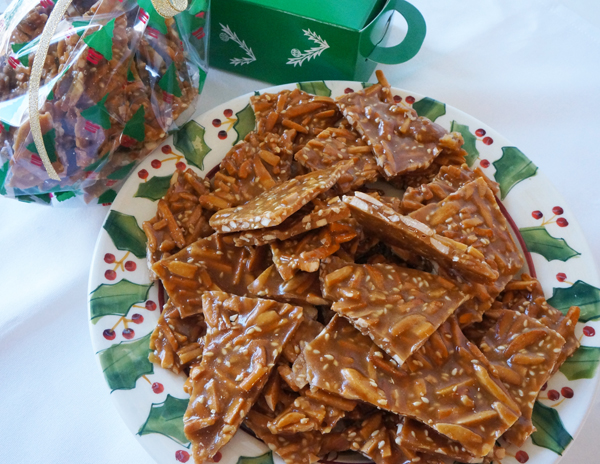 Rose cookies or “achappam” as they are called in Kerala are made during special occasions. I must warn you that they are addictive and it is difficult to stop with just one of these delightfully crisp sweet treats. This isn’t the easiest thing to make, but I can assure you that with a little practice you’ll be an expert soon. You will need a rose cookie mold to create the rose shape.
Rose cookies or “achappam” as they are called in Kerala are made during special occasions. I must warn you that they are addictive and it is difficult to stop with just one of these delightfully crisp sweet treats. This isn’t the easiest thing to make, but I can assure you that with a little practice you’ll be an expert soon. You will need a rose cookie mold to create the rose shape.
This particular recipe was handed down to me by my mom. She used fresh coconut milk unlike what I am doing in this recipe. I’ve used store bought canned coconut milk. It doesn’t taste exactly like the rose cookies my mom made but it is close enough to stifle my craving.
Rose cookies
1 cup all purpose flour
1¾ cups fine rice flour
¾ cup sugar
¼ tsp salt
1 tsp sesame seeds
½ tsp cardamom powder
2 cups coconut milk
1 cup water
Oil for deep frying
Sift the all purpose flour into a large bowl. Add the rice flour, sugar, salt, sesame seeds and cardamom powder. Mix the coconut milk and water in another bowl and then slowly pour it into the flour while stirring constantly. Stir until you have a smooth batter with no lumps. Set aside for 20 minutes.
Heat oil, for deep frying, in a wok. Place the rose cookie mold in the oil so that it will also get heated the same time as the oil. Test to see if the the oil is ready by putting a drop of batter into it. If it sizzles and comes to the surface, the oil is ready.
Gently take the mold out of the oil and dip it into the batter about three quarters of the way up. Do not dip the whole mold in the batter. You will hear it sizzle. Put the mold back into the oil and let it sit in the oil for about 40 seconds. Then gently shake the mold so that the rose cookie comes off the mold and floats in the oil. Turn it over and let the other side fry until lightly golden. Remove on to a paper towel lined baking tray. Cool completely before serving or store in an airtight container.










